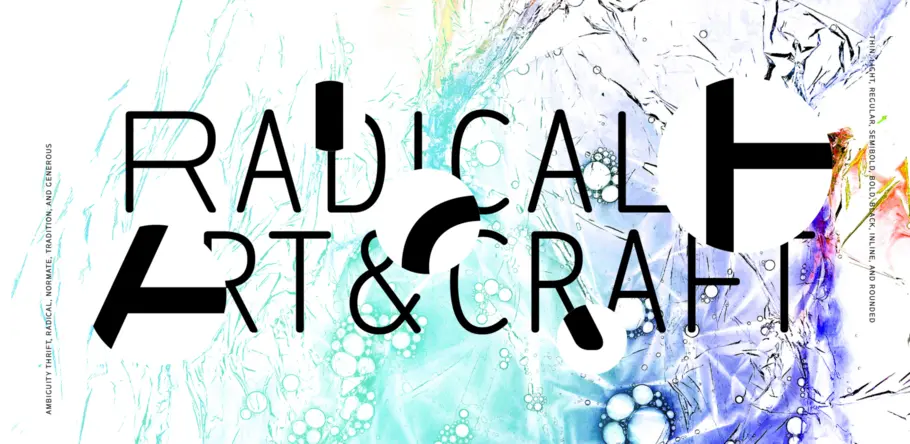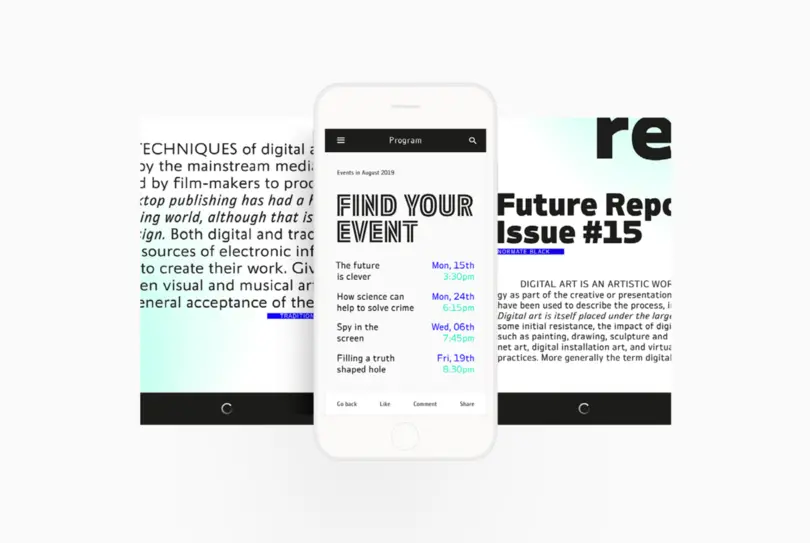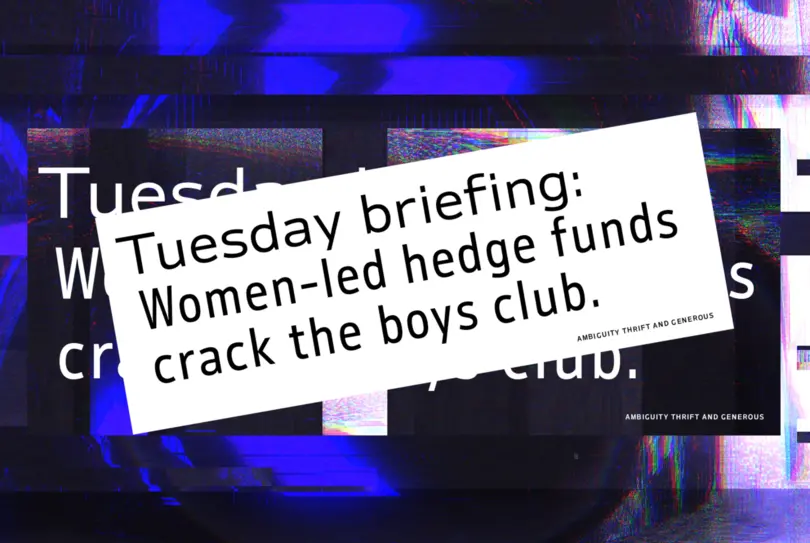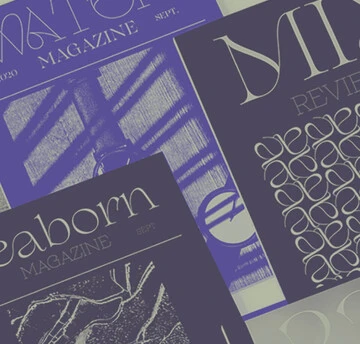Enjoyable discomfort: The many points of view of Ambiguity.

Anyone who has worked with type understands its incredible ability to influence meaning. In the hands of a good designer, the most subtle shift in form can drastically alter a message and its effect on the reader.
Part of this is our subconscious association of certain shapes and styles with particular eras, industries or attitudes. Think of the way an elegant high contrast design brings to mind the pages of a fashion magazine, or how certain script fonts evoke the fresh paint of a signwriter’s brush. But how often does our relationship with type work the other way? What happens when a typeface pushes us out of our comfort zone and challenges these associations?
These are some of the questions Charles Nix asks with Ambiguity, a multi-voice typeface designed to encourage experimentation, and question our assumptions. As a design, Ambiguity embraces an impressively broad set of voices. It’s radical but also traditional, and conservative without sacrificing quirkiness.

To achieve this, Nix divided the design into five different ‘states’, all of which exist on the same spectrum and bear names that speak to their personality - Tradition, Radical, Thrift, Generous and Normate. Each can be used on its own or combined with one another, depending on what the user is looking for. He describes it as “a palette” that’s been created in the hope of breaking designers out of their comfort zone, and encouraging brands to try on entirely new points of view.
A diverse community
“For me it feels like a community,” says Monotype Head of Creative James Fooks-Bale. “It’s a population of sorts. What’s interesting about it is that it’s celebrating eccentricity, difference, and polarization.”
It’s an unusual concept, particularly considering that the majority of typefaces strive for consistency. However it feels fitting for the state of branding today, which sees many companies searching for individuality and falling victim, instead, to homogeneity. While the chief goal of most visual identities is to stand out, there’s an underlying sense of wariness and conservatism - leaving many companies uncertain about stepping outside their core tone of voice.

For Nix, Ambiguity is a chance to upend those sensibilities and give designers a tool to explore a different state of mind. Just the act of playing with the huge amount of options and variety can open up new spaces for brand messaging to occupy.
“There’s a lot of different combinations to it,” says Fooks-Bale. “It’s about trying to understand what works, and how far you should push it, or which way you should lean. You can go conservative, or muddle that up with the radical. You can pick two styles and juxtapose them against one another, or even jumble them all up together as one. You can really talk to quite a few different outcomes.”
Branding the real world
For many brands, modulating their voice in this way is of growing importance. Doing business is no longer about one single, all-consuming thread of communication. Companies need to be playful, serious, quirky, sensible, and a hundred other things in between, and all of it in different environments, across different platforms and at different times. It begs the question of whether a typeface with a singular voice is still the most engaging option.

“Brands need flexibility,” explains Fooks-Bale. “If they’re trying to conquer a new perception, or change a certain mindset, or open up a new audience, one size doesn’t fit all. Imagine us all being put into the same room and told to think, say and do the same thing. We wouldn’t want to, and that’s the same for brands and typefaces. You need to allow individuals to sing a bit.”
And Fooks-Bale also sees the potential for this typeface to affect wider change than just shaking up branding. As he rightly points out, the type industry is based on traditional forms and has continued to evolve directly from those. Ambiguity is a chance to pause for thought, question the state of affairs, and indulge in a little bit of enjoyable discomfort.
To explore Ambiguity for yourself, visit the specimen page.











